A while back I bought some fancy sunscreen in Rice Village and then went to the nearby Starbucks for an iced tea.
My credit card company put a hold on my card because I was “outside of my normal purchasing range.”
Welcome to my research on Pyschographic Consumer Profiling and the fascinating creative imagery that it produces!
First, take this survey.{1}
Next, observe this diagram. We are already familiar with demographic information:
But “psychographic” information goes further:
It’s not just having new information on consumers, it is the assumption that consumers themselves are a new kind of animal:
Now if you did take the VALS survey, as instructed, you would have found out what kind of new consumer you are.
Although the VALS survey revealed that I, for example, must love Rachel Ray and fizzy water, it is not nearly as juicy as some of the other consumer indexes. I would rather be plotted on whatever matrix slots me into the exciting categories below:
For the past 30 years as psychographic consumer profiling has gained credibility, marketing professionals have practiced determining and representing the consumer profiles that we all fulfill.
Sweet job making imaginary people, but what is the point?
Psychographic consumer profiling is believed to help businesses target their niche markets and sell their products to people who they can now predict will want them:
But they don’t just know that we will buy their product- some psychographic consumer profiling delves into why we buy it:
Then, they can extrapolate where we live because we buy it, because they know who we are because we buy it, and because we buy it, they know who we are:
And this information helps determine the property values and markets for real estate.
And that’s how they know that I should not be making purchases in Rice Village. The same hold is put on my card for going out of my market area as for going out of the country.
How do they know all this information? Data mining, data brokers, and e-scores are all thriving thanks to the internet- and our participation in it.
And if you’ve noticed an upsurge in user generated content, participatory marketing campaigns, and advertising using “types” of people to target types of people, it is not a coincidence.
This diagram grafts Arnstein’s famous ladder of citizen participation used in social work and urban planning (and brought into the social practice conversation{2}) onto a social media scale:
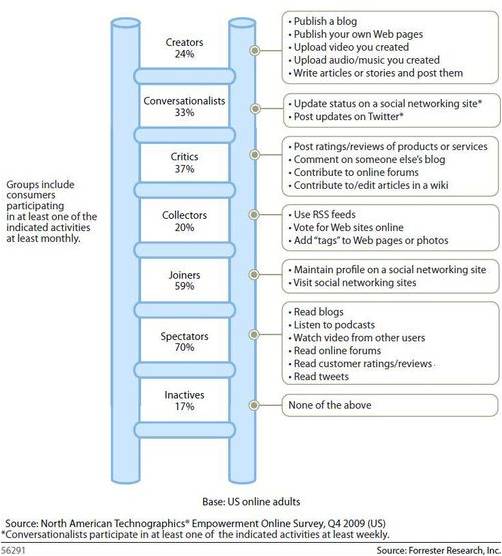
What does that mean? Consumption and contribution as axes of consumer value:
And, not only is this valuation very familiar in the realm of social practice, but arts institutions also use it to help target their audiences.
Take a gander at this slide with a familiar ring to it:
Full circle, yall!
And now I leave you with these greatest hits of pyschographic consumer profiling graphics:
(but they are curated based on my using a PC, iPhone, Google, Google chrome, and all my previous searches)
{1}Martha Rosler’s series Culture, Class, Creativity, and Urbanism is a great read that first introduced me to the VALS survey.
{2} Claire Bishop, “Participation as Spectacle: Where Are We Now?” Living as Form page 42



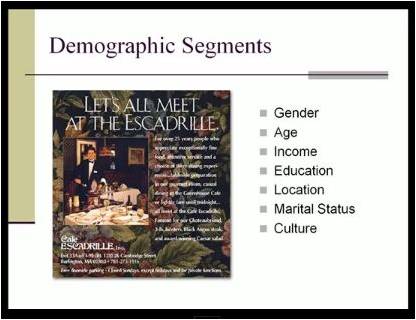
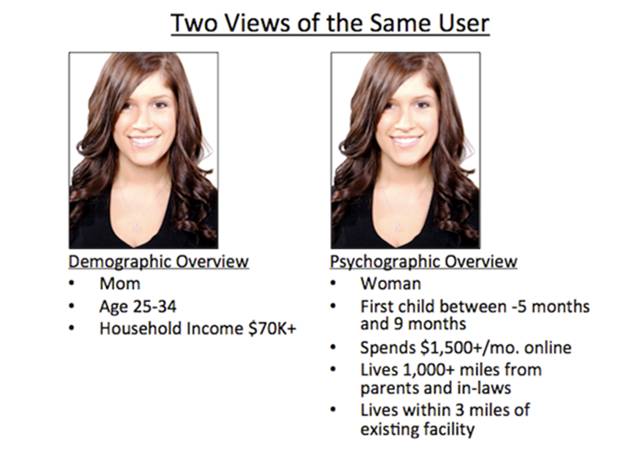
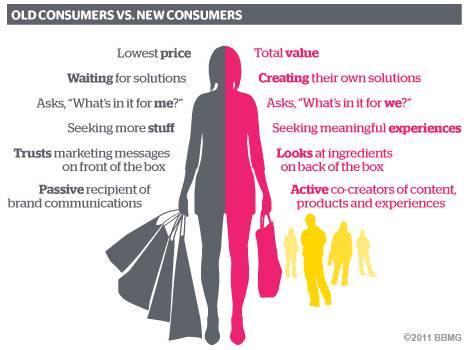

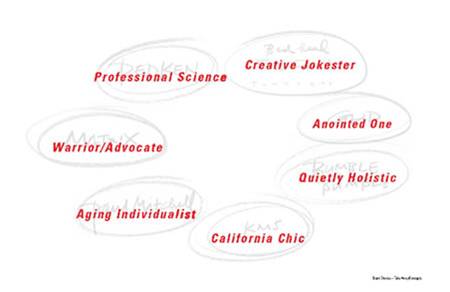
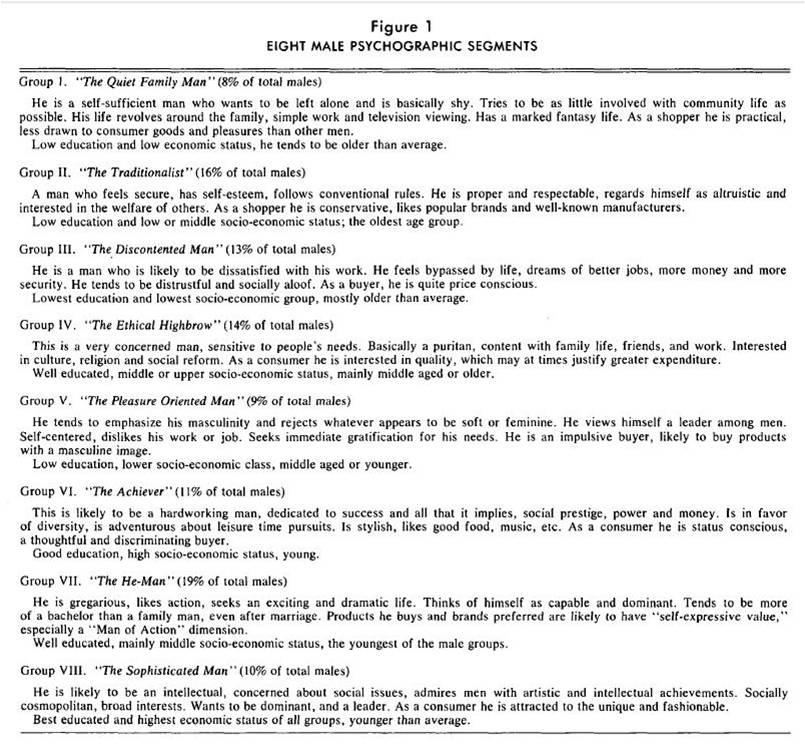
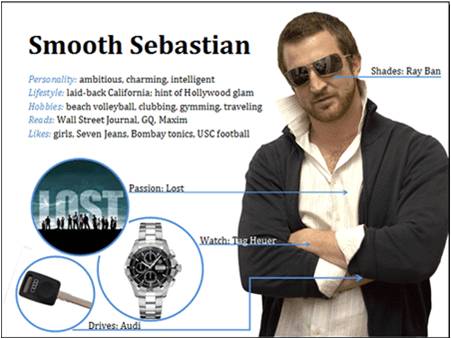
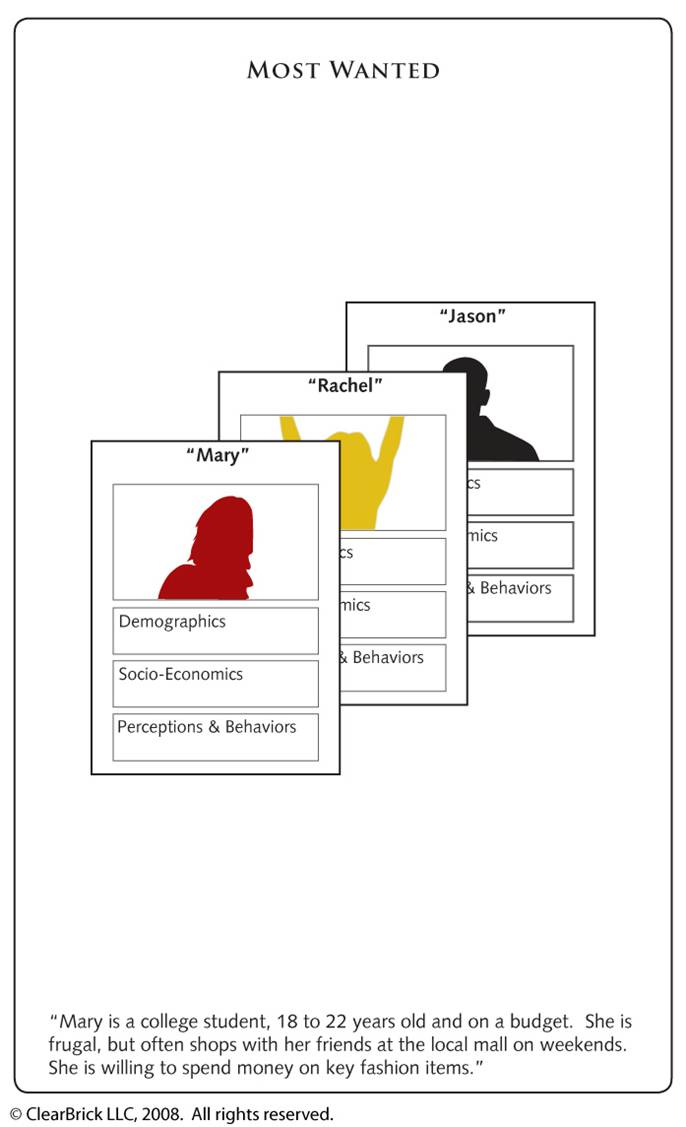
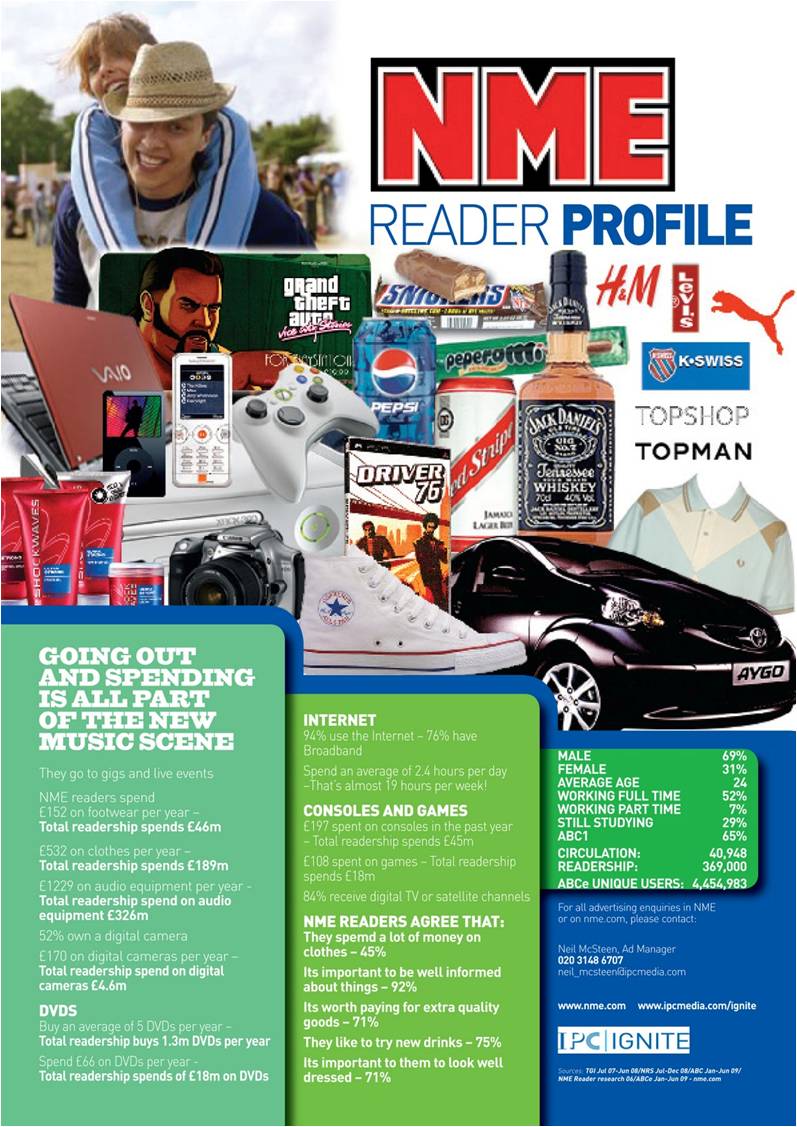
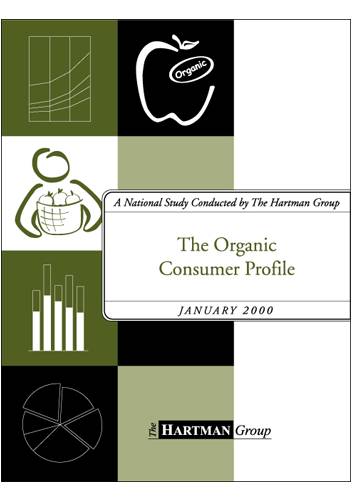


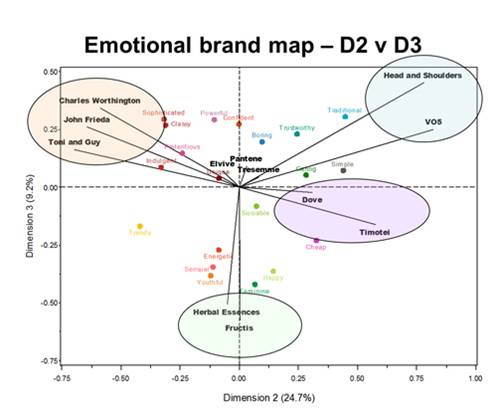

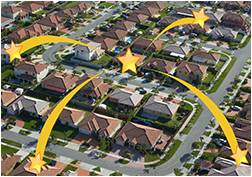
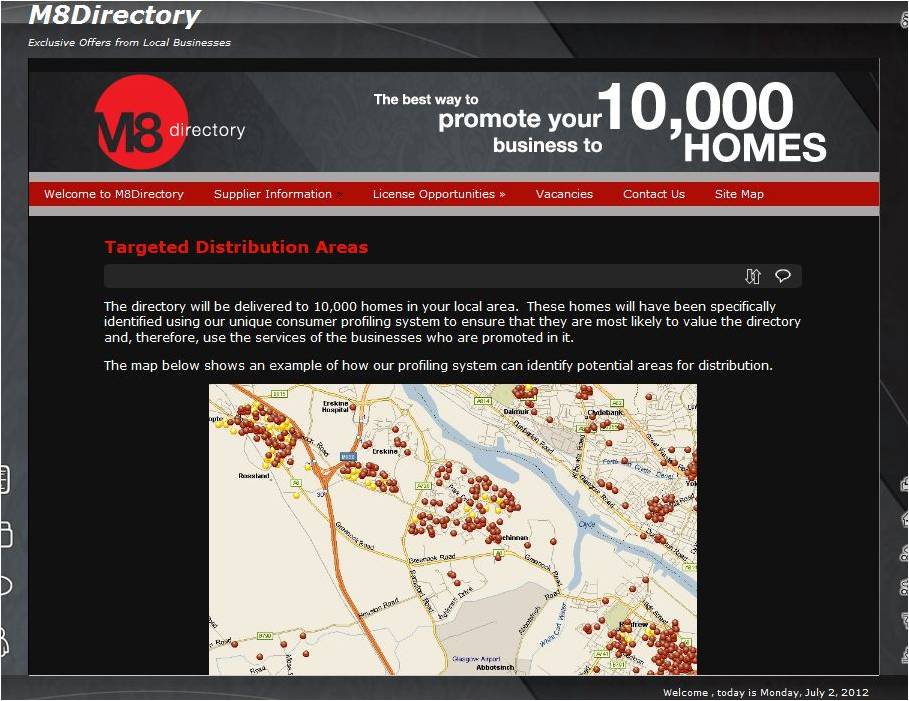
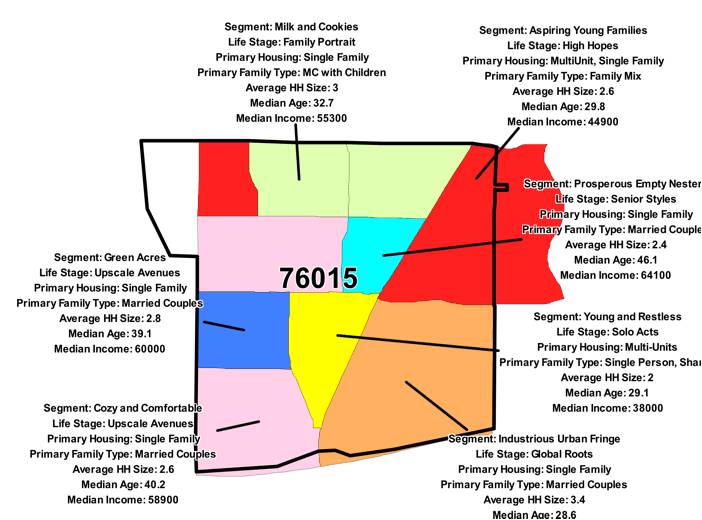
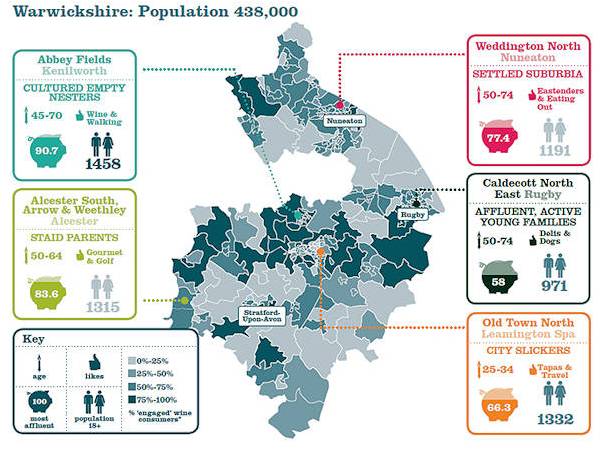

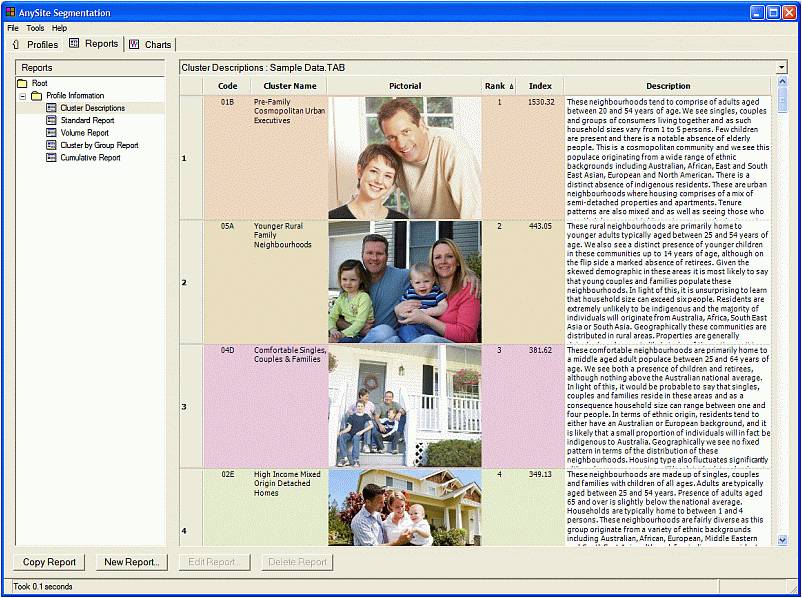
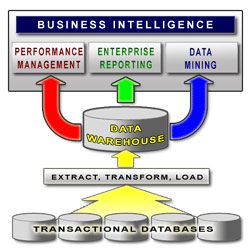
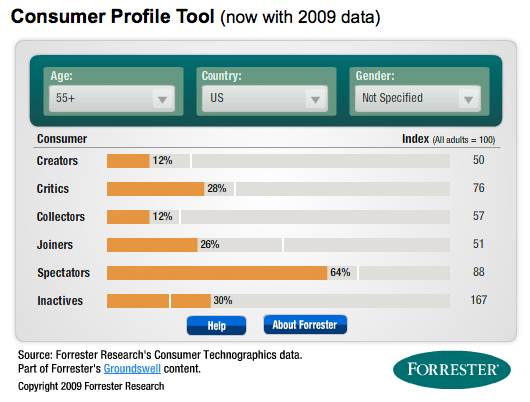

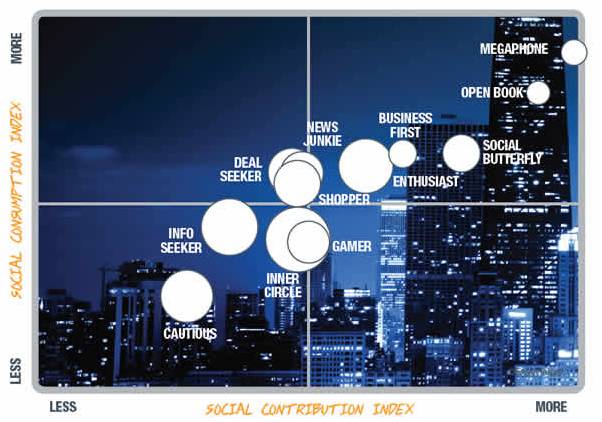
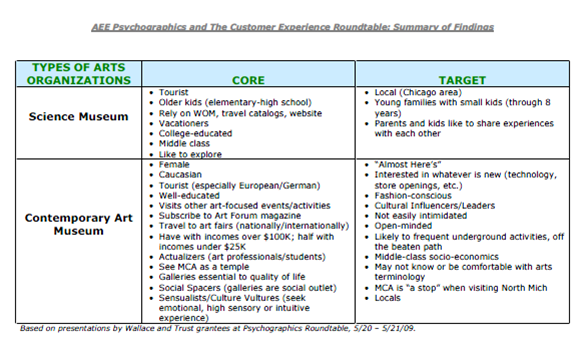
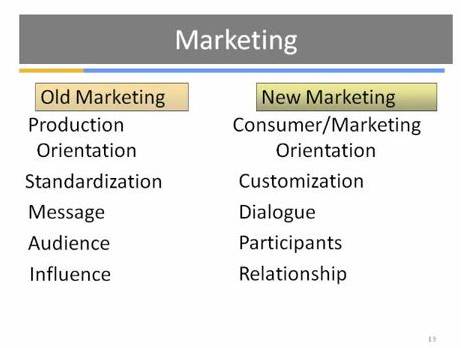

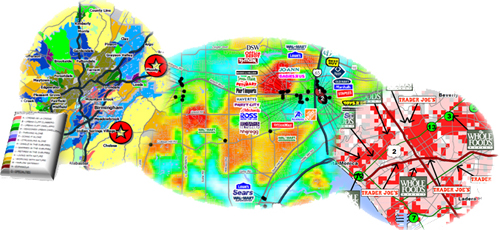



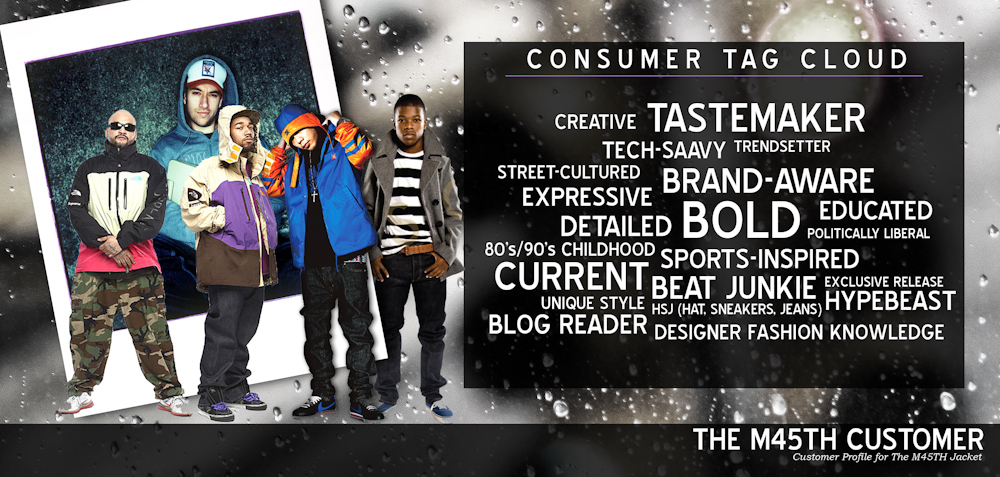

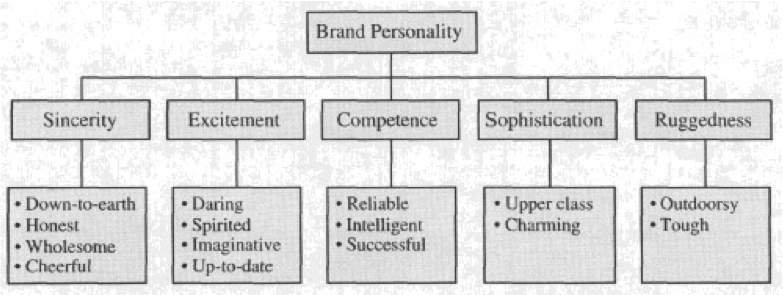

3 comments
Recalling my marketing classes, the problem with psychographic segmentation is that it doesn’t work all that well in terms of predicting actual consumer behavior. (But it works better than demographic segmentation.) What marketers really like is behavioral data. It’s not based on a psychological analysis of a consumer, but based on that the consumer actually does (specifically what she buys). Now it used to be really difficult to get this kind of information. But now, with the internet and credit cards, it’s easy! This data is gathered via data-mining. Then with the vast data at hand, marketers can statistically determine what kind of thing you want to buy based on the fact that so many people like you want the same thing. (Of course, the more eccentric you are–the more of an outlier you are, in statistical terms–the harder it is to predict your behavior as a consumer.)
The reason I mention behavioral marketing is that the anecdote about the fancy sunscreen sounds like behavioral segmenting to me, rather than psychographic segmenting. The bank, using data mining, predicts that you would not be buying fancy sunscreen based on your own past behavior as a consumer (and based on a model built from the buying habits of millions of other consumers). It concludes that your card might have been stolen by someone with a very different pattern of consumer behavior.
Behavioral segmenting works a lot better than psychographic segmenting (assuming you have good data to begin with), but it falls woefully short in coming up with amusing names for consumer segments (i.e., “Smooth Sebastian”).
Thanks for clarifying that Robert. Can anyone help me get a marketing agency internship or direct me to some classes I can audit?
I wonder what kind of charts the DMA will make with the friends data.